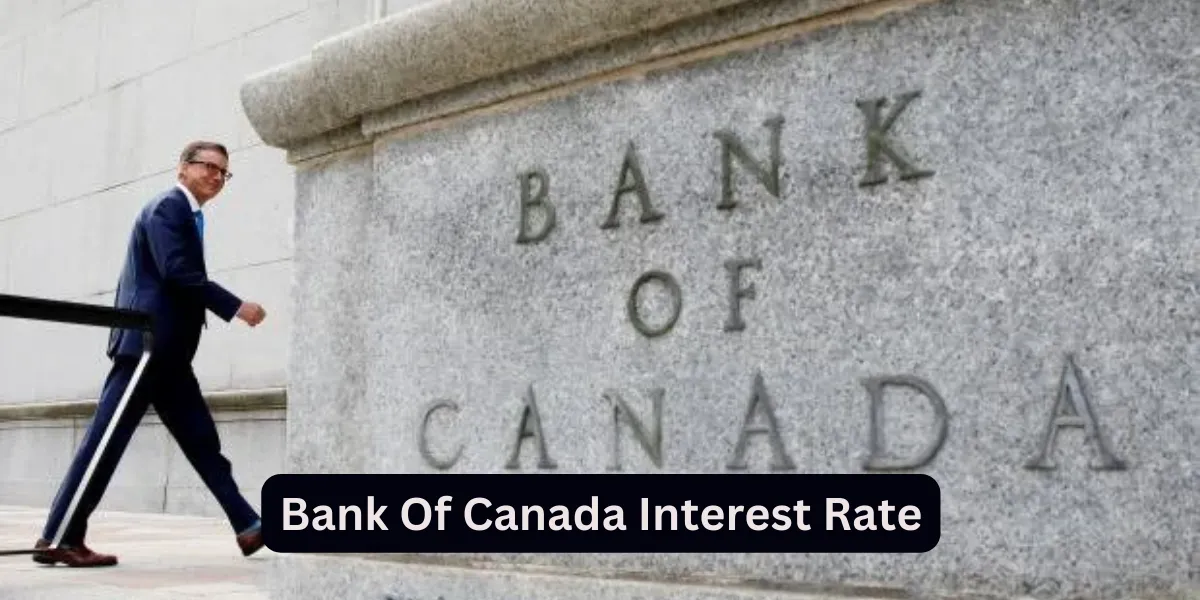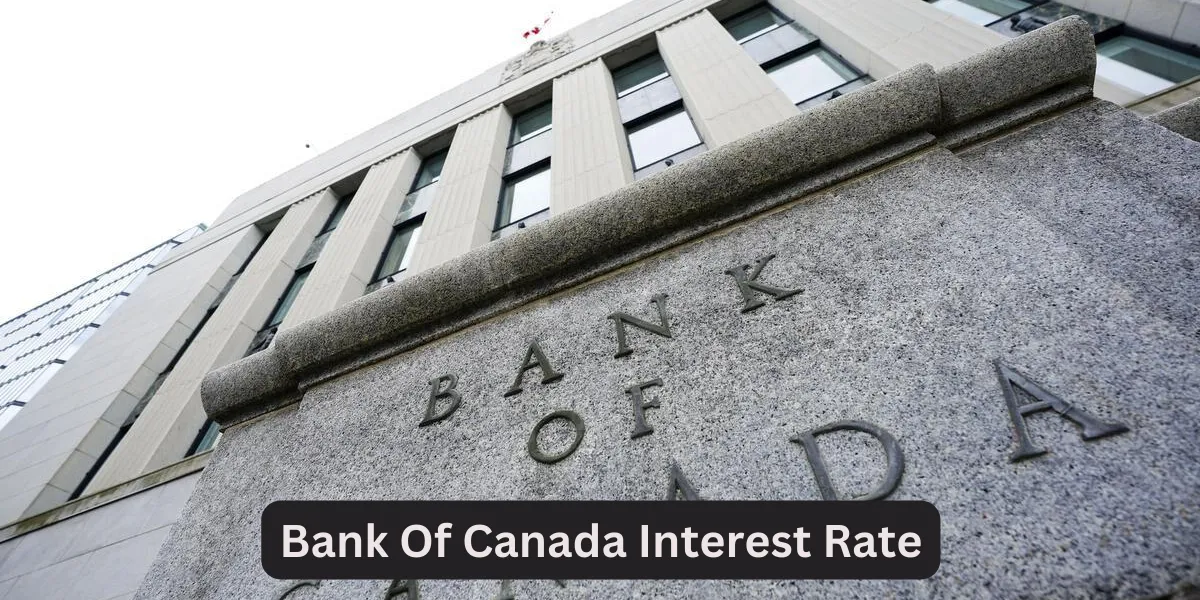The Bank of Canada interest rate plays a pivotal role in the Canadian economy and significantly impacts the financial lives of individuals and businesses alike. As the central bank of Canada, the Bank of Canada is responsible for conducting monetary policy and maintaining price stability, which includes setting and adjusting interest rates. In this article, we will delve into the intricacies of the Bank of Canada interest rate, how it is determined, its effects on various aspects of the economy, and how it influences your personal finances.
The Role of the Bank of Canada in Monetary Policy
The Bank of Canada, established in 1935, operates as the nation’s central bank. Its primary objective is to foster a stable and well-functioning financial system that supports the overall economic health of Canada. One of the essential tools the Bank of Canada employs to achieve this objective is its ability to influence monetary policy. Through its monetary policy decisions, the Bank aims to regulate inflation, economic growth, and employment levels.
How Does the Bank of Canada Set Interest Rates?
The Bank of Canada sets the benchmark interest rate, known as the target for the overnight rate, which influences other interest rates in the economy. This rate directly affects the cost of borrowing and the return on savings for financial institutions. The setting of interest rates is not arbitrary but based on careful analysis and examination of various economic indicators.
Factors Affecting Bank of Canada’s Interest Rate Decisions
When deciding on the appropriate interest rate level, the Bank of Canada considers a multitude of economic factors. Some key elements include inflation rate trends, unemployment rates, GDP growth, consumer spending patterns, housing market conditions, and international economic developments. The central bank’s goal is to find a balance between fostering economic growth and controlling inflation.
The Impact of Interest Rate Changes on the Economy
Interest rate changes implemented by the Bank of Canada have far-reaching effects on the Canadian economy. When interest rates are decreased, borrowing becomes more affordable, stimulating consumer spending and business investments. This increased spending can lead to economic growth and job creation. On the other hand, when interest rates are raised, borrowing becomes more expensive, leading to reduced spending and a potential economic slowdown.

Influence of Bank of Canada Interest Rate on Inflation
Controlling inflation is one of the primary objectives of the Bank of Canada. Inflation occurs when the general price level of goods and services rises over time, eroding the purchasing power of money. By adjusting interest rates, the Bank of Canada aims to manage inflation and prevent it from spiraling out of control. Higher interest rates can help curb inflation by reducing consumer spending and credit availability.
Effect of Interest Rate Changes on Borrowing and Saving
Interest rate changes directly impact borrowing and saving behaviors. When interest rates are low, borrowing money becomes more attractive as the cost of repaying loans decreases. This can lead to increased consumer spending, a boost in the housing market, and higher business investments. Conversely, when interest rates rise, borrowing becomes more expensive, prompting individuals and businesses to save more and spend less.
Bank of Canada’s Interest Rate and Mortgage Rates
For many Canadians, mortgage rates are of particular interest as they affect the affordability of homeownership. Bank of Canada’s interest rate changes can influence mortgage rates offered by banks and other lending institutions. When the central bank lowers interest rates, mortgage rates tend to follow suit, potentially making homeownership more accessible. However, during periods of rising interest rates, mortgage rates may increase, affecting housing affordability.
How Business and Investments are Affected by Interest Rate Fluctuations
The business landscape is significantly influenced by changes in interest rates. Lower interest rates can encourage businesses to borrow and expand their operations, while higher rates may prompt businesses to scale back investments. Industries sensitive to interest rate fluctuations, such as real estate, construction, and manufacturing, often experience shifts in their activities based on the prevailing interest rate environment.
Exchange Rates and the Bank of Canada Interest Rate
Interest rates can also influence the exchange rate of the Canadian dollar. When Canadian interest rates are higher relative to other countries, foreign investors may find Canadian investments more attractive. As a result, demand for the Canadian dollar increases, leading to an appreciation of its value relative to other currencies. Conversely, lower interest rates can weaken the Canadian dollar’s value as foreign investors seek higher returns elsewhere.

The Bank of Canada Interest Rate and Employment Levels
Unemployment is a significant concern for the Bank of Canada when setting interest rates. The central bank seeks to strike a balance that encourages job creation and economic growth while maintaining stable prices. By influencing borrowing costs and consumer spending, interest rate changes can indirectly impact employment levels in the economy.
Bank Of Canada Interest Rate: Tools Used by the Bank of Canada to Implement Monetary Policy
The Bank of Canada utilizes various tools to implement monetary policy and achieve its objectives. Apart from setting interest rates, it can also engage in open market operations, altering reserve requirements for banks, and providing forward guidance to influence market expectations. These tools allow the Bank to fine-tune its monetary policy approach as economic conditions evolve.
Historical Analysis of Bank of Canada Interest Rate Movements
A retrospective look at the history of the Bank of Canada interest rates reveals the central bank’s responses to various economic challenges and developments over the years. Analyzing past interest rate movements helps gain insights into the Bank’s decision-making process and its impact on the Canadian economy.
Bank Of Canada Interest Rate: Comparing the Bank of Canada’s Approach to Other Central Banks
Understanding how the Bank of Canada’s approach to setting interest rates compares to other central banks around the world can provide valuable perspectives. Each central bank faces unique economic conditions and objectives, resulting in distinct monetary policy strategies.
Forecasting Future Bank of Canada Interest Rate Changes
Forecasting future interest rate changes by the Bank of Canada involves analyzing economic data, considering global economic trends, and understanding the Bank’s communication regarding its monetary policy outlook. Predictions about interest rate movements can help individuals and businesses make informed financial decisions.

The Bank of Canada’s interest rate is a vital tool in shaping the Canadian economy and influencing financial decisions on both individual and corporate levels. Understanding how the central bank sets and adjusts interest rates, and its impact on inflation, borrowing, saving, investments, and employment, is crucial for making well-informed financial choices in an ever-changing economic landscape. By closely monitoring the Bank of Canada’s monetary policy announcements and being aware of economic indicators, Canadians can navigate their financial journey more effectively.
Click here for more visited Posts!






























Discussion about this post